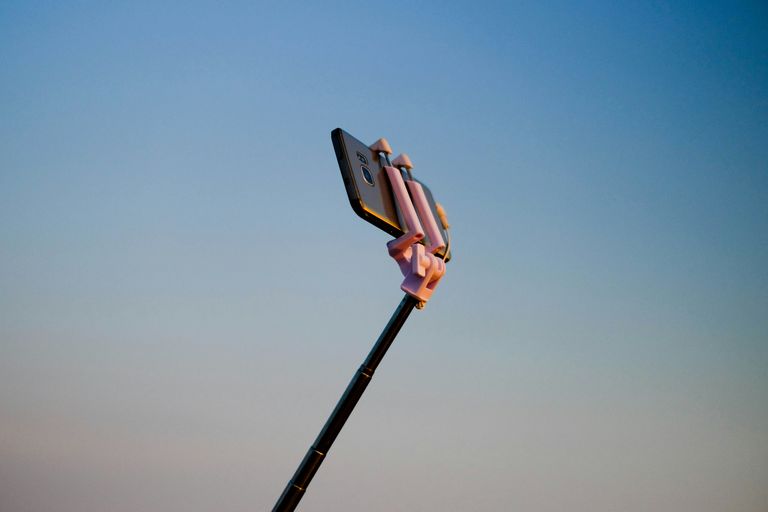
Cuando recibí el tratamiento de yodo radioactivo estuve más de una semana encerrada en el centro de medicina nuclear... era parte de mi tratamiento. Mi relación con los paisajes se vio interrumpida por el color blanco de las paredes de una habitación de plomo, pero no todo era aburrimiento porque llevé mi portátil para poder comunicarme con el mundo exterior. Una de las cosas que solía hacer aparte de escribir o hablar con mis familiares era mirar documentales que mostraran la belleza de lo natural o escuchar música que proyectara imágenes o fotografías profesionales de paisajes.
When I received radioactive iodine treatment, I was locked away in the nuclear medicine center for over a week... it was part of my treatment. My connection to the landscape was interrupted by the white walls of a lead-lined room, but it wasn't all boredom because I brought my laptop so I could communicate with the outside world. One of the things I used to do besides writing or talking to my family was watch documentaries that showed the beauty of nature or listen to music that projected images or professional photographs of landscapes.
Pero apenas salí de ese lugar de confinamiento obligatorio, disfruté de los paisajes en vivo, de los parques, de las avenidas, de las construcciones, de la libertad de mirar, de constatar con mis propios ojos lo maravilloso del cielo, del, del bosque, horizonte, del mar, de una puesta de sol o de un riachuelo sin necesidad de las fotografías capturadas por el resto, o incluso por mí misma.
But as soon as I left that place of mandatory confinement, I enjoyed the live landscapes, the parks, the avenues, the buildings, the freedom to look, to see with my own eyes the wonder of the sky, the forest, the horizon, the sea, a sunset or a stream without needing the photographs taken by others, or even by myself.
La fotografía...
Photography
Ha sido testigo y protagonista de la historia moderna. Nació del deseo humano de capturar la realidad con precisión, pero su evolución la convirtió en arte, memoria y herramienta de cambio. Antes de que existiera, las personas dependían de la pintura y el dibujo para plasmar el mundo, pero estos métodos estaban limitados por la habilidad del artista y el tiempo que tomaban.
Has been both a witness and a protagonist in modern history. Born from the human desire to capture reality accurately, photography evolved into art, memory, and a tool for change. Before photography, people relied on painting and drawing to capture the world, but these methods were limited by the artist's skill and the time they took.
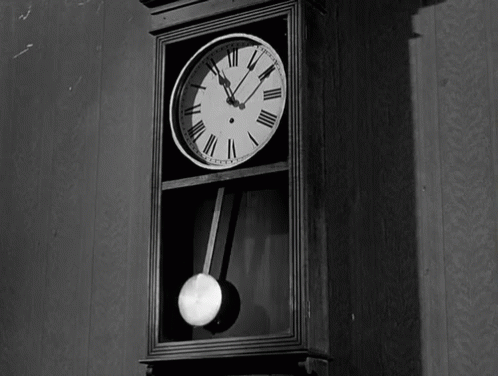
Todo comenzó con la cámara oscura, un principio óptico conocido desde la antigüedad. Se trataba de una caja o habitación con un pequeño agujero por donde pasaba la luz, proyectando una imagen invertida del exterior en la pared opuesta. Aunque útil para artistas y astrónomos, no permitía fijar la imagen de manera permanente.
It all began with the camera obscura, an optical principle known since ancient times. It consisted of a box or room with a small hole through which light passed, projecting an inverted image of the exterior onto the opposite wall. Although useful for artists and astronomers, it did not allow the image to be permanently fixed.
El primer gran avance llegó en el siglo XIX, cuando Joseph Nicéphore Niépce logró capturar la primera fotografía con una técnica llamada heliografía. La imagen tardó horas en formarse y era borrosa, pero abrió la puerta a la posibilidad de inmortalizar un instante. Luego llegó Louis Daguerre con el daguerrotipo, un proceso que redujo el tiempo de exposición y ofreció imágenes más nítidas. Este invento revolucionó la manera en que las personas se veían a sí mismas, permitiendo por primera vez retratos accesibles sin necesidad de un pintor.
The first major breakthrough came in the 19th century, when Joseph Nicéphore Niépce captured the first photograph using a technique called heliography. The image took hours to form and was blurry, but it opened the door to the possibility of immortalizing a moment. Then came Louis Daguerre with the daguerreotype, a process that reduced exposure time and offered sharper images. This invention revolutionized the way people saw themselves, allowing for the first time to create accessible portraits without the need for a painter.

A medida que la tecnología avanzaba, surgieron nuevas técnicas como el colodión húmedo, que mejoraba la calidad y hacía la fotografía más rápida, aunque aún requería un proceso complejo. Luego, la llegada de las placas secas facilitó la labor, y hacia finales del siglo XIX, George Eastman popularizó la fotografía con la creación de la película en rollo y las cámaras Kodak. Su lema “Usted aprieta el botón, nosotros hacemos el resto” convirtió la fotografía en una actividad accesible para el público general.
As technology advanced, new techniques emerged, such as wet collodion, which improved quality and made photography faster, although it still required a complex process. Then, the arrival of dry plates made the task easier, and towards the end of the 19th century, George Eastman popularized photography with the creation of roll film and Kodak cameras. His motto, "You press the button, we do the rest," made photography an activity accessible to the general public.
Con el siglo XX, la fotografía se convirtió en una herramienta clave para el periodismo, el arte y la documentación histórica. Las imágenes de guerra, los momentos icónicos y los retratos de la vida cotidiana cambiaron la manera en que el mundo comprendía los eventos. Con la llegada de la fotografía en color, el cine y la fotografía digital, la captura de imágenes se volvió cada vez más versátil.
In the 20th century, photography became a key tool for journalism, art, and historical documentation. War images, iconic moments, and portraits of everyday life changed the way the world understood events. With the advent of color photography, film, and digital photography, image capture became increasingly versatile.
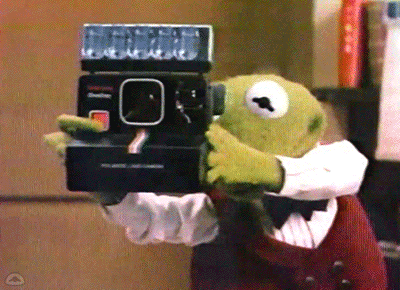
El cambio definitivo llegó con la era digital. Las cámaras dejaron de depender de películas y químicos, dando paso a sensores electrónicos que permitían tomar y almacenar miles de fotos sin costos adicionales. Luego, los teléfonos inteligentes pusieron cámaras en los bolsillos de millones, haciendo que la fotografía pasara de ser un arte y una técnica especializada a una parte fundamental de la vida cotidiana.
The definitive change came with the digital age. Cameras stopped relying on film and chemicals, giving way to electronic sensors that allowed thousands of photos to be taken and stored at no additional cost. Then, smartphones put cameras in the pockets of millions, transforming photography from an art and specialized technique into a fundamental part of everyday life.
Hoy en día, la fotografía no solo captura momentos, sino que también influye en la cultura, la moda, la política y la ciencia. La inteligencia artificial y las ediciones digitales han abierto nuevas posibilidades, y aunque la esencia de la fotografía sigue siendo la misma, su futuro parece infinito.
Today, photography not only captures moments, but also influences culture, fashion, politics, and science. Artificial intelligence and digital editing have opened up new possibilities, and while the essence of photography remains the same, its future seems endless.
Ahora...
Now...
Imagina por un momento estar frente a un espejo en la antigüedad, tal vez en el Egipto de los faraones o en la Grecia clásica, donde las superficies pulidas de metal o piedra ofrecían un reflejo borroso de quien se miraba. La idea de capturar ese instante, de inmortalizar la propia imagen, era un sueño lejano, reservado a los artistas que con pinceles y pigmentos daban vida a retratos para los más privilegiados.
Imagine for a moment standing in front of a mirror in ancient times, perhaps in Pharaonic Egypt or Classical Greece, where polished metal or stone surfaces offered a blurred reflection of the person looking into the mirror. The idea of capturing that moment, of immortalizing one's own image, was a distant dream, reserved for artists who, with brushes and pigments, brought portraits to life for the most privileged.
Pasaron siglos, y la humanidad tuvo que esperar hasta el siglo XIX para que la tecnología diera un salto revolucionario con la invención de la fotografía. Fue en 1839 cuando Robert Cornelius, un químico y fotógrafo estadounidense, decidió experimentar con una cámara primitiva. Se colocó frente al lente, ajustó el tiempo de exposición y corrió para sostener la pose durante varios minutos. El resultado: una de las primeras imágenes de una persona tomadas por sí misma. No lo llamó "selfie", claro, porque esa palabra tardaría más de un siglo en existir, pero sin duda marcó un hito.
Centuries passed, and humanity had to wait until the 19th century for technology to take a revolutionary leap forward with the invention of photography. It was in 1839 when Robert Cornelius, an American chemist and photographer, decided to experiment with a primitive camera. He stood in front of the lens, adjusted the exposure time, and ran to hold the pose for several minutes. The result: one of the first images of a person taken by themselves. He didn't call it a "selfie," of course, because that word wouldn't exist for more than a century, but it certainly marked a milestone.
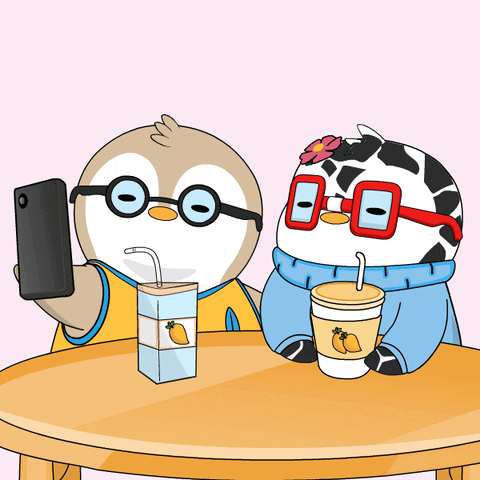
Avanzamos al siglo XX, y la fotografía ya no era un lujo exclusivo. Las cámaras Kodak, con su promesa de hacer la captura de momentos algo cotidiano, democratizaron el arte de retratar la vida. Sin embargo, tomarse una foto a uno mismo seguía siendo un desafío. Había que ingeniárselas con espejos, trípodes o pedirle a alguien más que disparara el obturador. Las Polaroid llegaron en los años 40 y 50, ofreciendo inmediatez, ese placer de ver la imagen aparecer ante tus ojos en minutos. Algunos aventureros las usaban para experimentos personales, sosteniendo la cámara con manos temblorosas frente a su rostro, pero el brazo humano tiene un límite, y el encuadre solía ser torpe, imperfecto.
Fast forward to the 20th century, and photography was no longer an exclusive luxury. Kodak cameras, with their promise of making capturing moments an everyday occurrence, democratized the art of capturing life. However, taking a photo of yourself was still a challenge. You had to make do with mirrors, tripods, or ask someone else to click the shutter. Polaroid cameras arrived in the 1940s and 1950s, offering immediacy, that pleasure of seeing the image appear before your eyes in minutes. Some adventurers used them for personal experiments, holding the camera with trembling hands in front of their faces, but the human arm has limits, and the framing was often clumsy and imperfect.
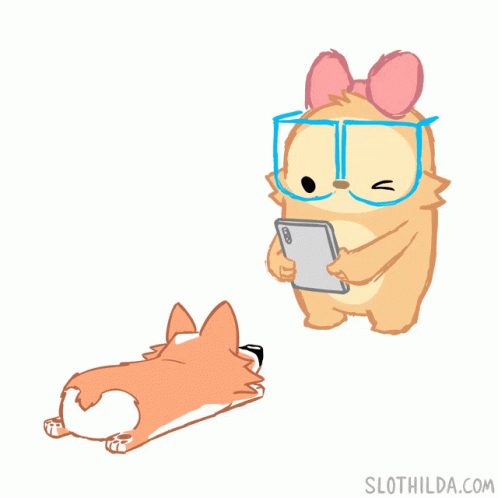
Entonces llegó la era digital, el gran punto de inflexión. A finales de los 90 y principios de los 2000, las cámaras de los teléfonos móviles comenzaron a aparecer. Eran rudimentarias, con resoluciones que hoy nos harían reír, pero abrían una puerta. En 2002, un australiano llamado Nathan Hope acuñó el término "selfie" en un foro en línea, describiendo una foto que se tomó tras tropezar y lastimarse la boca. No era glamorosa, pero era auténtica, y el nombre se quedó.
Then came the digital age, the great turning point. In the late 1990s and early 2000s, mobile phone cameras began to appear. They were rudimentary, with resolutions that would make us laugh today, but they opened a door. In 2002, an Australian named Nathan Hope coined the term "selfie" on an online forum, describing a photo he took after tripping and hurting his mouth. It wasn't glamorous, but it was authentic, and the name stuck.
Los años siguientes trajeron avances vertiginosos: cámaras frontales, pantallas más grandes, redes sociales como MySpace y luego Facebook, donde la gente empezó a compartir esas instantáneas de sí mismos con el mundo. Instagram, lanzado en 2010, fue como echar gasolina al fuego. De repente, todos querían mostrar su vida, su cara, su momento.
The following years brought dizzying advances: front-facing cameras, larger screens, social networks like MySpace and then Facebook, where people began sharing those snapshots of themselves with the world. Instagram, launched in 2010, was like pouring gasoline on the fire. Suddenly, everyone wanted to show their life, their face, their moment.
El palo de selfie, ese invento tan ridiculizado como amado, llegó poco después, extendiendo el alcance del brazo y perfeccionando el ángulo. Lo que empezó como una curiosidad se convirtió en un fenómeno global. Celebridades, presidentes, astronautas en el espacio, todos se sumaron. La selfie dejó de ser solo una foto para convertirse en una forma de expresión, un grito de existencia en un mundo saturado de imágenes.
The selfie stick, that invention as ridiculed as it was beloved, arrived soon after, extending the arm's reach and perfecting the angle. What began as a curiosity became a global phenomenon. Celebrities, presidents, astronauts in space—everyone joined in. The selfie ceased to be just a photo and became a form of expression, a cry for existence in a world saturated with images.
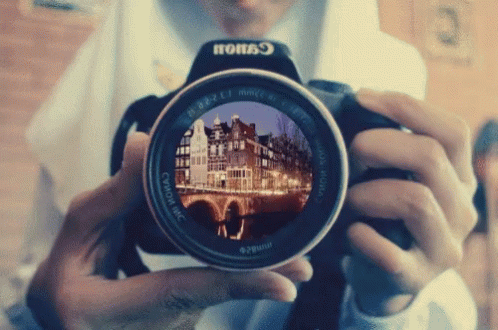
Hoy, con filtros, inteligencia artificial y cámaras que parecen leer tu mente, el autorretrato es más fácil y sofisticado que nunca. Pero en el fondo, sigue siendo lo mismo que buscaba Cornelius en 1839: una manera de decir "aquí estoy", de congelar un pedazo de tiempo y hacerlo nuestro. Aunque tomarse una selfie parece inofensivo, aunque pensamos que solo se trata de una foto rápida, de un reflejo de uno mismo en un instante específico, también se vuelve un hábito constante que puede convertirse en algo malsano si no se tiene control.
Today, with filters, artificial intelligence, and cameras that seem to read your mind, taking a self-portrait is easier and more sophisticated than ever. But at its core, it's still what Cornelius was looking for in 1839: a way to say "here I am," to freeze a piece of time and make it our own. Although taking a selfie seems harmless, even though we think it's just a quick snapshot, a reflection of ourselves at a specific moment, it also becomes a constant habit that can turn unhealthy if left unchecked.
En la era digital, la imagen personal ha cobrado una importancia desmesurada porque se busca la mejor luz, el ángulo perfecto, la expresión adecuada, como si cada foto fuera una prueba de valor ante el mundo. El problema no es la selfie en sí, sino la obsesión que puede generar, esa necesidad casi impulsiva de capturar cada momento, no tanto para recordarlo, sino para validarlo a través de la aprobación de otros.
In the digital age, personal image has taken on an inordinate importance because we seek the best light, the perfect angle, the perfect expression, as if each photo were proof of our worth to the world. The problem isn't the selfie itself, but the obsession it can generate, that almost impulsive need to capture every moment, not so much to remember it, but to validate it through the approval of others.
La presión por obtener la selfie perfecta puede transformar la manera en que una persona se percibe. Los filtros suavizan la piel, afinan rasgos, agrandan los ojos, creando una versión idealizada que muchas veces no coincide con la realidad. Compararse constantemente con esa imagen editada puede afectar la autoestima, haciendo que cualquier reflejo en el espejo parezca insuficiente, además, la gratificación instantánea que proporcionan los "me gusta" y comentarios positivos refuerza el deseo de seguir tomándose más y más fotos.
The pressure to take the perfect selfie can transform the way a person perceives themselves. Filters smooth skin, sharpen features, and enlarge eyes, creating an idealized version that often doesn't match reality. Constantly comparing yourself to that edited image can affect self-esteem, making any reflection in the mirror seem inadequate. Furthermore, the instant gratification provided by likes and positive comments reinforces the desire to keep taking more and more photos, turning a simple gesture into a subtle addiction.
Más allá de la cuestión estética, la necesidad de capturar todo puede alejar a las personas de la experiencia real. En lugar de disfrutar una comida o una conversación, la mente está ocupada buscando el mejor encuadre. La desconexión con el presente es real, y a largo plazo puede generar una sensación de vacío, porque ningún número de selfies será suficiente si la satisfacción depende solo de la aprobación externa.
Beyond the aesthetic aspect, the need to capture everything can distance people from the real experience. Instead of enjoying a meal or a conversation, the mind is preoccupied with searching for the best frame. The disconnection from the present is real, and in the long run, it can lead to a feeling of emptiness, because no amount of selfies will be enough if satisfaction depends only on external approval.
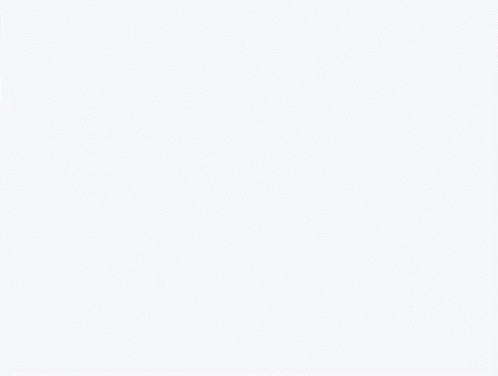
Para controlar esta impulsividad, es útil establecer pequeños límites. Evitar tomar selfies en ciertos momentos del día o en situaciones significativas puede ayudar a enfocarse más en la experiencia que en la imagen. Preguntarse por qué surge el impulso también es importante: ¿se trata de un deseo genuino de capturar un recuerdo o de la necesidad de validación? Reducir la dependencia de los filtros y mostrarse de manera más auténtica también puede aliviar la presión de encajar en un estándar irreal.
To control this impulsiveness, it's helpful to set small limits. Avoiding taking selfies at certain times of the day or in meaningful situations can help you focus more on the experience than the image. Asking yourself why the impulse arises is also important: Is it a genuine desire to capture a memory or a need for validation? Reducing your reliance on filters and presenting yourself more authentically can also alleviate the pressure to fit an unrealistic standard.
Las selfies no son el problema, sino la manera en que se usan y el impacto que pueden tener en la percepción de uno mismo y en la conexión con la realidad. Recuperar el equilibrio es clave, recordando que la mejor versión de uno mismo no es la que aparece en la pantalla, sino la que vive el momento sin la necesidad de comprobarlo con una foto.
Selfies aren't the problem, but rather the way they're used and the impact they can have on one's self-perception and connection to reality. Restoring balance is key, remembering that the best version of yourself isn't the one you see on screen, but the one you experience in the moment without needing to prove it with a photo.
Pensando en cómo las selfies se han tejido en nuestras vidas, no puedo evitar detenerme en las sombras que traen consigo, pues hay algo inquietante en esa necesidad constante de girar la cámara hacia nosotros mismos, como si el mundo solo existiera para enmarcarnos. Me he sorprendido a veces en que miro en el parque a muchas personas mirando su propio reflejo digital y me pregunto si están capturando un momento imborrable o simplemente fabricándolo. La presión de lucir perfectos es agotadora: el ángulo ideal, la luz justa, el filtro que borre lo que no queremos mostrar. He visto amigos perderse en esa búsqueda, comparándose con rostros pulidos en pantallas, sintiendo que nunca son suficientes.
Thinking about how selfies have woven themselves into our lives, I can't help but ponder the shadows they cast, for there's something unsettling about that constant need to turn the camera on ourselves, as if the world exists only to frame us. I've sometimes caught myself looking in the park at people staring at their own digital reflections and wondering if they're capturing an indelible moment or simply fabricating one. The pressure to look perfect is exhausting: the ideal angle, the perfect light, the filter that erases what we don't want to show. I've seen friends get lost in that pursuit, comparing themselves to polished faces on screens, feeling like they're never enough.
Y no es solo eso, porque también aparece el riesgo, esa locura captar y grabar accidentes para subirlos a sus redes sociales en vez de reportarlos a las autoridades y organizaciones de rescate, de trepar riscos o asomarse a precipicios por una toma épica, historias que terminan en noticias trágicas por accidentes y pérdida de vidas más veces de lo que quisiéramos admitir. Luego está el tiempo, ese recurso que se nos escurre mientras ajustamos la pose, olvidándose de incluso respirar el aire fresco debido a la obsesión por la que una sombra no arruine la foto.
And it's not just that; there's also the risk involved, the madness of capturing and recording accidents to upload to social media instead of reporting them to authorities and rescue organizations, of climbing cliffs or peering over precipices for an epic shot—stories that end up in tragic news due to accidents and loss of life more often than we'd like to admit. Then there's time, that resource that slips away as we adjust our pose, forgetting to even breathe the fresh air due to our obsession with not letting a shadow ruin the photo.
Es como si las selfies nos robaran pedacitos de presencia, convirtiendo experiencias en trofeos para exhibir en lugar de vivirlas, y qué decir de la soledad disfrazada: compartir una imagen para sentirnos conectados, cuando en realidad estamos solos frente a una pantalla, esperando likes que nunca llenan los vacíos. No todo tiene que ser así. No todo necesita ser documentado.
It's as if selfies steal bits of our presence, turning experiences into trophies to be displayed instead of lived, and what about disguised loneliness: sharing an image to feel connected, when in reality we're alone in front of a screen, waiting for likes that never fill the void. Not everything has to be this way. Not everything needs to be documented.
Es bueno ponernos reglas sin pantallas ni cámaras de por medio, preguntarnos: ¿las fotos son para mí o para mis redes sociales? Mi esposo dice que si la respuesta es dudosa es momento de soltar la tecnología y darse un respiro para mimarnos a nosotros mismos con aquello que nos hace libres hasta de nuestros propios gustos virtuales y las tendencias actuales.
It's good to set rules for ourselves without screens or cameras in between, asking ourselves: Are the photos for me or for my social media? My husband says that if the answer is doubtful, it's time to put down technology and take a break to pamper ourselves with things that free us from even our own virtual tastes and current trends.

Creo que hasta aquí llegaré con mi reflexión personal el día de hoy, sin antes decirles que la traducción al inglés de esta publicación la realicé con ayuda de una inteligencia artificial. Gracias por acompañarme en la lectura de principio a fin. Quiera mi Amo, Creador y Sustentador permitirnos a mi esposo y a mí compartir con ustedes en una nueva oportunidad que se nos otorgue la vida.
I think this is where I will end my personal reflection today, without first telling you that the translation into English of this post was done with the help of artificial intelligence. Thank you for accompanying me in reading it from beginning to end. May my Master, Creator and Sustainer allow my husband and I to share with you in a new opportunity that is granted to us in life.
Un fuerte abrazo y que tengan un excelente inicio de semana, con paz por todo rincón.
A big hug and have a start of the week, with peace in every corner.
Atte,
La familia RebeJumper / The RebeJumper family ©
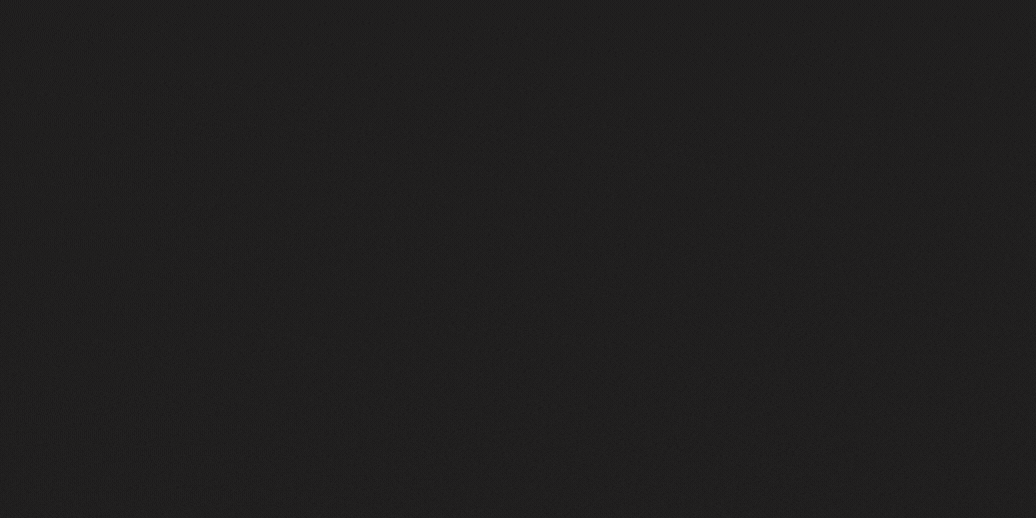
Hello @rebejumper! 🎉
Congratulations! Your post has caught the attention of the curator @baiboua from the Blurt LifeStyle community and has received our support. 🌟
We appreciate your contribution to the community and look forward to seeing more of your amazing content! Keep sharing your experiences and inspiring others. 🚀✨